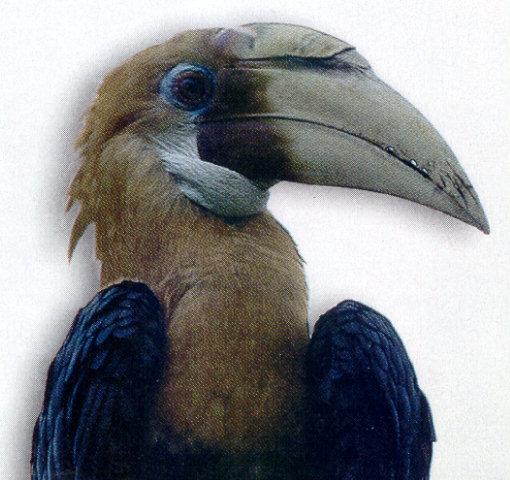|
| 질의: large white | 결과: 1069번째/2106 | |
Papuan Hornbill, Blyth's Hornbill (Aceros plicatus) (파푸아코뿔새)
| 제목: | Papuan Hornbill, Blyth's Hornbill (Aceros plicatus) (파푸아코뿔새)
| |

| 해상도: 510x480
파일크기: 49710 Bytes
등록시간: 2005:03:11 19:05:16
|
From: lastjemima@waffle.com (lj ~ GemDragon)
Newsgroups: alt.binaries.pictures.animals
Subject: Re: INDEX - lj_Blythe'sHornbill-NewGuinea.jpg - Papuan Hornbill
Date: Sun, 30 Jan 2000 18:15:08 GMT
Papuan Hornbill, Aceros plicatus also known as Blyth's Hornbill, or Kokomo in local language, is a large, approximately 91cm long, hornbill of forest canopy. The male has golden tan colored head, black plumage, reddish brown iris, pale blue orbital skin and white tail. The female generally is an all black bird with white throat and tail. Both sexes of young birds resemble the male. Adults has up to eight folds on pale casque, while the young has none.
|
댓글 |
|---|
| | 손님 |
|
Scientific Name: Rhyticeros plicatus (Forster, 1781)
Common Names: Papuan Hornbill, Blyth's Hornbill, Papuan Wreathed Hornbill
French: Calao papou German: Papuahornvogel Spanish: Cálao papú
Synonyms: Aceros plicatus (Forster, 1781)
Taxonomy: Buceros plicatus J. R. Forster, 1781, Seram. |
^o^
동물그림창고 똑똑전화 누리집
^o^
|
|
|